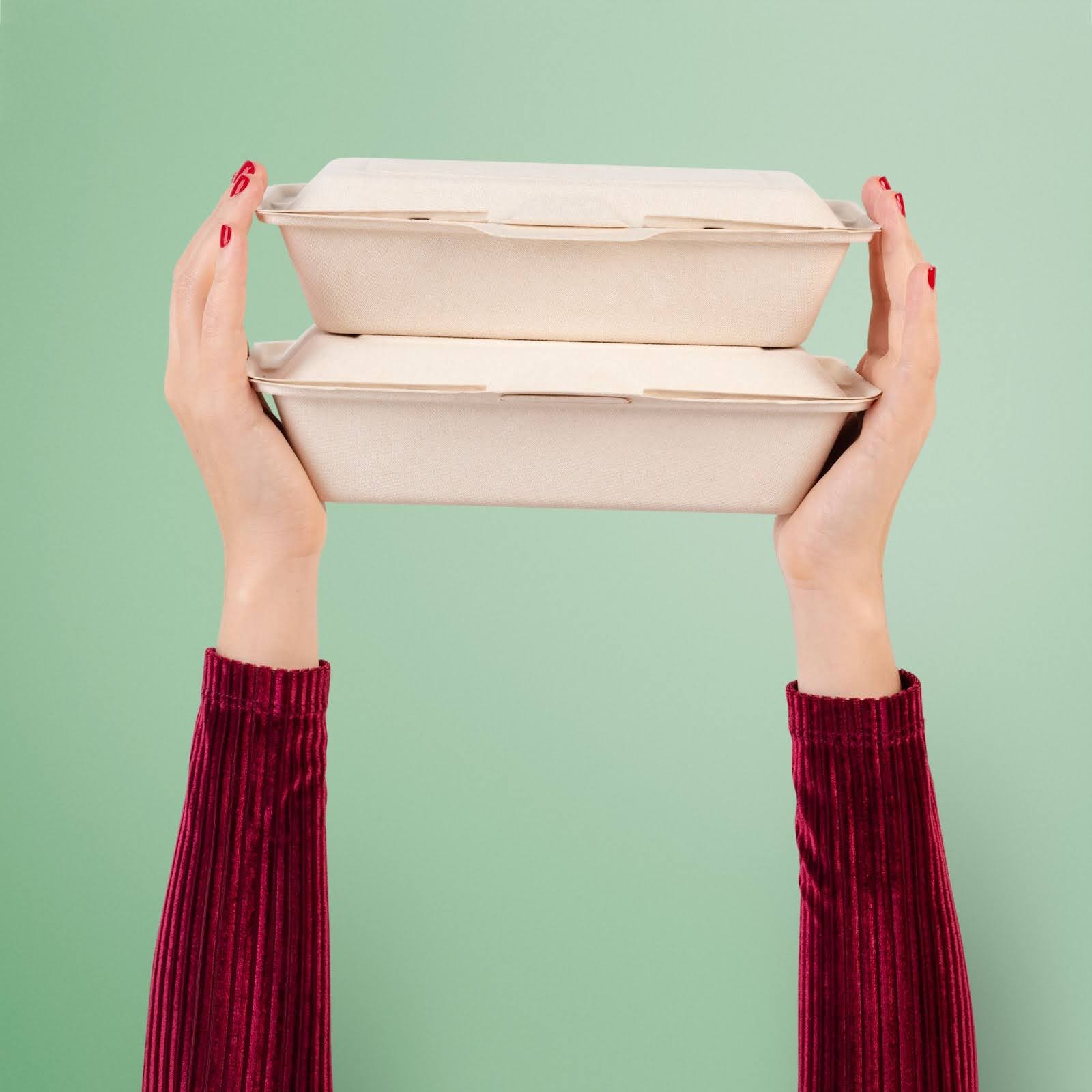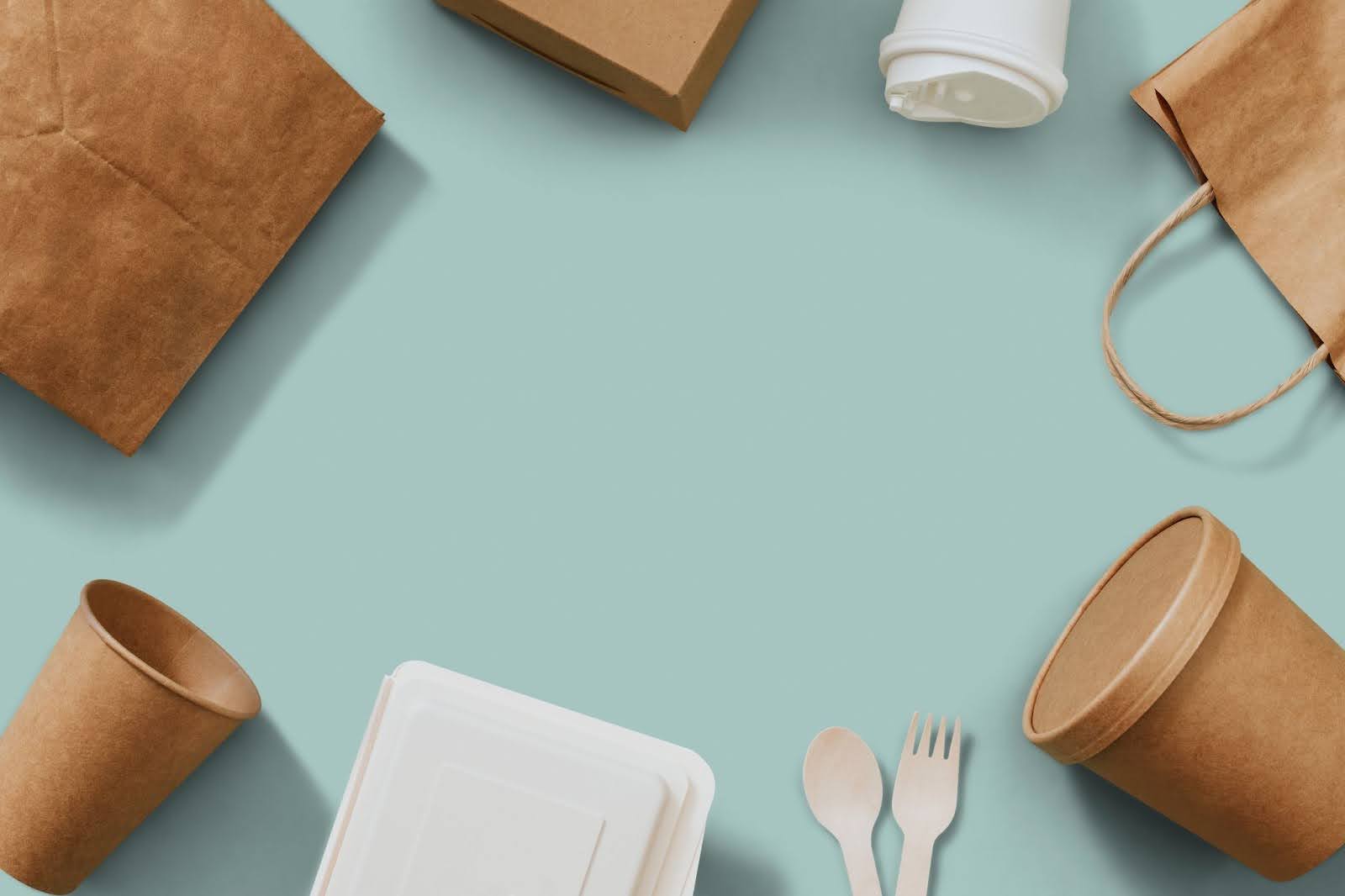
Recyclable Food Packaging: Overcoming Challenges and Maximizing Benefits
BP Wholesale | January 30 2025Key Takeaways
- Recyclable food packaging reduces landfill waste and conserves resources.
- Businesses adopting sustainable packaging see brand loyalty and cost savings.
- Consumer education and innovation can mitigate challenges like contamination and cost.
Why Recyclable Food Packaging Matters

Every year, billions of tons of food packaging end up in landfills, contributing to pollution. Recyclable packaging offers a way to reduce waste, conserve resources, and promote a circular economy. Explore a wide range of recyclable food packaging options available at B&P Wholesale. For businesses, it builds a reputation for sustainability and appeals to eco-conscious consumers.
Challenges of Recyclable Food Packaging
1. Contamination
Food residues like grease and liquids make recycling harder.
Solution: Provide clear labels on how to rinse and separate materials before recycling.
2. High Costs
Recyclable materials can have higher upfront costs.
Solution: Highlight long-term savings through reduced disposal costs and improved loyalty.
3. Limited Infrastructure
Recycling facilities may not process all materials. Businesses can find sustainable packaging options, including recyclable packaging materials, at B&P Wholesale.
Solution: Partner with local facilities and use widely recyclable materials like recyclable packaging materials and recyclable takeaway containers.
4. Consumer Awareness
Many consumers don’t understand recycling guidelines.
Solution: Launch awareness campaigns and offer incentives to encourage proper recycling of recyclable food containers and recyclable cutlery.
Benefits of Recyclable Food Packaging
1. Environmental Impact
Recycling reduces landfill waste and cuts emissions. Recycling aluminum, for instance, saves 95% of the energy compared to new production.
2. Brand Image
Consumers prefer brands aligned with eco-friendly values. Recyclable packaging builds trust and loyalty by offering sustainable solutions like recyclable plates and compostable packaging options.
3. Cost Efficiency
Though initial costs may be high, long-term savings from material reuse and waste reduction outweigh them.
4. Circular Economy Support
Recyclable packaging keeps materials in use longer, minimizing resource depletion while supporting the principles of a circular economy.
Recyclable Packaging Options
Food Containers
Materials like glass, aluminum, and PET plastic are durable and recyclable. Recyclable food containers provide effective solutions for eco-conscious consumers. Browse recyclable food containers at B&P Wholesale.
Plates and Cutlery
Bamboo, compostable plastics, and plant-based materials are both sustainable and durable. Check out recyclable plates and recyclable cutlery at B&P Wholesale for eco-friendly dining options.
Takeaway Containers
Bagasse and PLA-coated containers are ideal for takeout, breaking down efficiently. Discover recyclable takeaway containers that meet consumer demand for sustainable packaging solutions at B&P Wholesale.
Paper and Cardboard
Lightweight, cost-effective, and widely recyclable, paper and cardboard packaging remain business staples for recyclable packaging material. Explore paper and cardboard packaging solutions at B&P Wholesale. Check out B&P Wholesale for high-quality paper and cardboard packaging solutions.
Tips for Businesses
- Audit Materials: Assess current packaging and identify recyclable alternatives likerecyclable food containersavailable at B&P Wholesale.
- Collaborate: Partner with sustainable suppliers specializing in recyclable packaging.
- Train Teams: Educate staff on using and handling recyclable materials effectively.
- Inform Consumers: Highlight sustainable efforts through clear product labeling.
- Use Technology: Leverage sorting and recycling technologies to streamline processes.
Consumer Role in Recycling

- Separate Materials: Follow local recycling guidelines to dispose of recyclable packaging for food properly.
- Rinse Packaging: Clean containers to avoid contamination.
- Support Sustainable Brands: Choose companies that prioritize recyclability and offer innovative solutions like compostable and recyclable takeaway containers from B&P Wholesale.
Addressing Misconceptions
Myth 1: Recyclable Packaging Is Expensive
Initial costs may be high, but savings on waste management and increased loyalty offset these.
Myth 2: All Plastics Are Recyclable
Only specific plastics like PET are widely recyclable. Check local guidelines and choose recyclable food packaging for sustainable solutions.
Myth 3: Recycling Doesn’t Matter
Small efforts add up—recycling aluminum saves significant energy and reduces waste.
Future of Recyclable Food Packaging
Innovations like smart labeling, advanced materials, and AI sorting will make recycling more efficient. As demand grows, businesses adopting recyclable packaging will lead the way to a sustainable future.
Conclusion
Recyclable food packaging isn’t just a trend; it’s essential for a sustainable future. By addressing challenges and embracing its benefits, businesses and consumers can make a meaningful impact. Together, we can reduce waste and create a greener world.